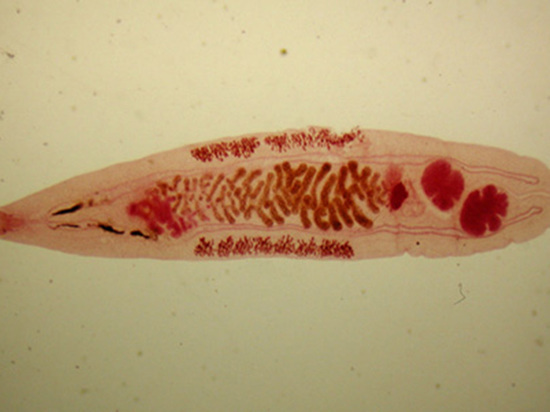Unexpected development of Russian scientists: the liver parasite is “trained” to heal wounds
[ad_1]

For a new drug, it is proposed to use the proteins of a worm that affects the human organ
Scientists from the Institute of Cytology and Genetics of the Siberian Branch of the Russian Academy of Sciences suggested using the proteins of the parasitic worm – the cat fluke – for the treatment of long-term non-healing, complex skin wounds.
Today, various gels from plant components and bioactive peptide proteins are used as wound healing agents. Similar proteins, as it turned out, can also produce flatworms Opisthorchis felineus (cat fluke).
On the one hand, these worms cause the disease opisthorchiasis, affecting the organs of the digestive system in fish-eating mammals, both in cats and in humans. On the other hand, thanks to the same peptide proteins, the damaged epithelium is immediately restored. In the area of the defect produced by the worms, the level of acute inflammation decreases and the formation of new blood vessels is activated.
The researchers set out to test this wound-healing ability of the proteins on skin wounds in mice.
They isolated their secretory product from the worms and prepared a lysate preparation based on their destroyed cells. Then these components began to treat the superficial wounds of rodents every three days.
The experiment showed that ten days after the start of treatment, the area of wounds in mice decreased by more than 20% compared with similar and untreated wounds in mice from the control group.
In total, scientists identified 651 proteins in the lysate and secretory product of the worms. 6 of them are recognized as potential proteins for wound healing.
Going forward, the scientists intend to investigate the effects of these proteins in models of diabetes mellitus, which often causes non-healing wounds.
[ad_2]
Source link








